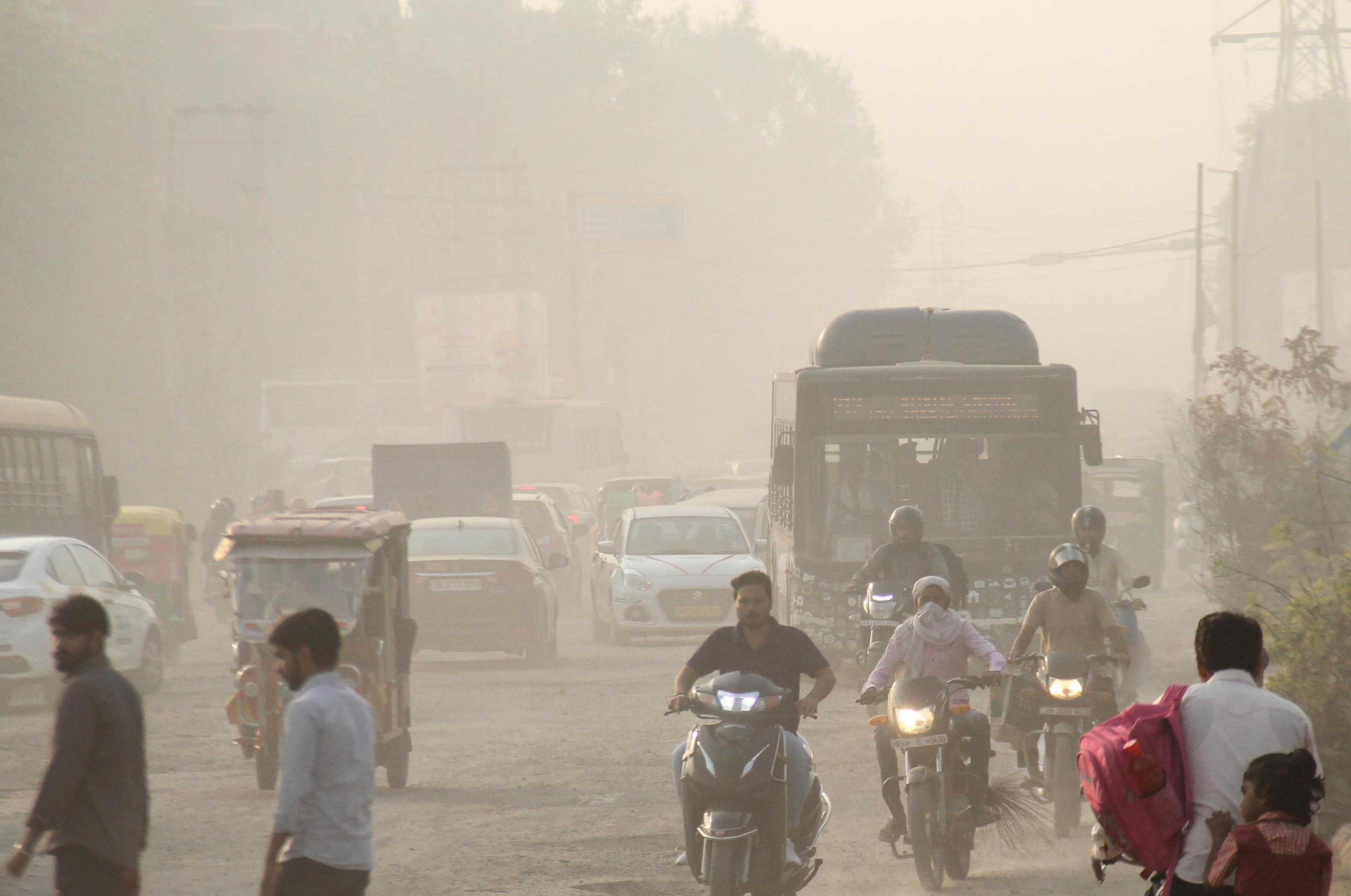The Alarming Rise of AQI in Delhi: Causes, Effects, and Solutions
Delhi, the heart of India, has been battling a severe air pollution crisis for years, with its Air Quality Index (AQI) frequently reaching hazardous levels. As winter sets in, the city's pollution worsens, raising serious concerns for public health and the environment.
Understanding AQI and Its Significance
The Air Quality Index (AQI) is a measure used to assess the level of air pollution. It ranges from 0 to 500, with higher values indicating severe pollution levels. An AQI above 300 is considered hazardous, posing significant health risks to the entire population, especially children, the elderly, and those with respiratory ailments.
Causes of Increasing AQI in Delhi
Several factors contribute to the worsening air quality in Delhi:
-
Vehicular Emissions: With over 10 million registered vehicles, Delhi's roads are a major source of pollutants such as nitrogen oxides, carbon monoxide, and particulate matter.
-
Industrial Pollution: Factories and industrial units in and around Delhi release harmful gases and particulate matter, further degrading air quality.
-
Stubble Burning: Farmers in neighboring states like Punjab and Haryana burn crop residue, releasing vast amounts of smoke and pollutants into the air. These pollutants get trapped in Delhi's atmosphere, especially in winter.
-
Construction Activities: Dust from ongoing construction projects significantly contributes to suspended particulate matter in the air.
-
Weather Conditions: During winters, low temperatures and slow wind speeds cause pollutants to remain trapped in the atmosphere, creating a thick smog over the city.
Global Efforts to Combat Air Pollution
Many countries have successfully implemented measures to keep their AQI levels under control:
-
China: Introduced stringent industrial regulations, shifted to cleaner energy sources, and expanded its public transportation network to reduce vehicular emissions.
-
United States: Enforced the Clean Air Act, improved fuel quality, and promoted electric vehicles to curb emissions.
-
European Nations: Focus on renewable energy, strict emission norms for industries and vehicles, and extensive urban green spaces to improve air quality.
-
Japan: Implements advanced air purification technologies and policies encouraging the use of public transport and bicycles.
Steps Taken in Delhi to Combat Air Pollution
The government and concerned authorities have implemented several measures to control Delhi’s air pollution:
-
Odd-Even Traffic Rule: A scheme to reduce vehicular emissions by allowing odd and even-numbered vehicles on alternate days.
-
Ban on Firecrackers: Strict restrictions on bursting crackers during festivals.
-
Introduction of Electric Vehicles (EVs): Promoting EVs to reduce dependence on fossil fuels.
-
Anti-Smog Guns and Air Purifiers: Installed in several areas to combat rising pollution levels.
-
Graded Response Action Plan (GRAP): A set of emergency measures activated based on the AQI levels.
What Can Citizens Do?
While government initiatives play a crucial role, individuals can also contribute to reducing air pollution:
-
Use public transport, carpool, or opt for bicycles.
-
Avoid burning waste and promote proper waste disposal.
-
Plant more trees to increase green cover.
-
Use masks and air purifiers to minimize exposure.
Conclusion
The increasing AQI in Delhi is a pressing issue that requires immediate attention and collective action. While government measures are in place, looking at global practices can offer insights into better solutions. Public participation is equally vital to improve air quality and ensure a healthier future. By adopting sustainable practices and making conscious choices, Delhi can breathe clean air once again.

